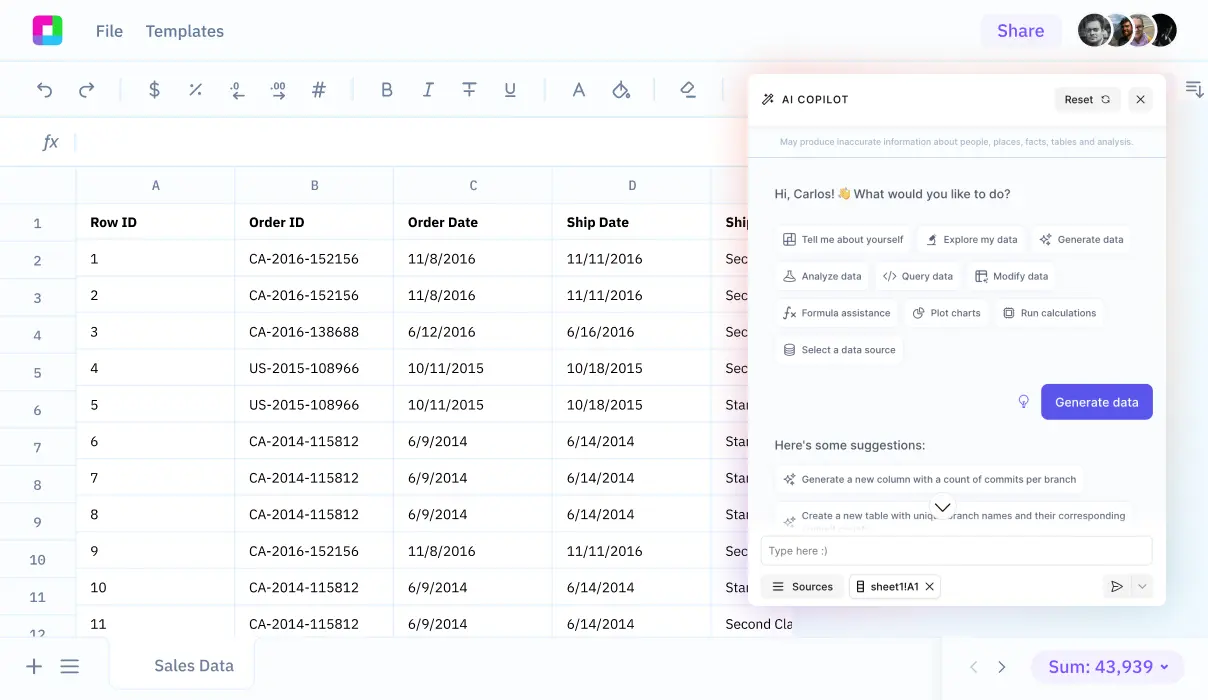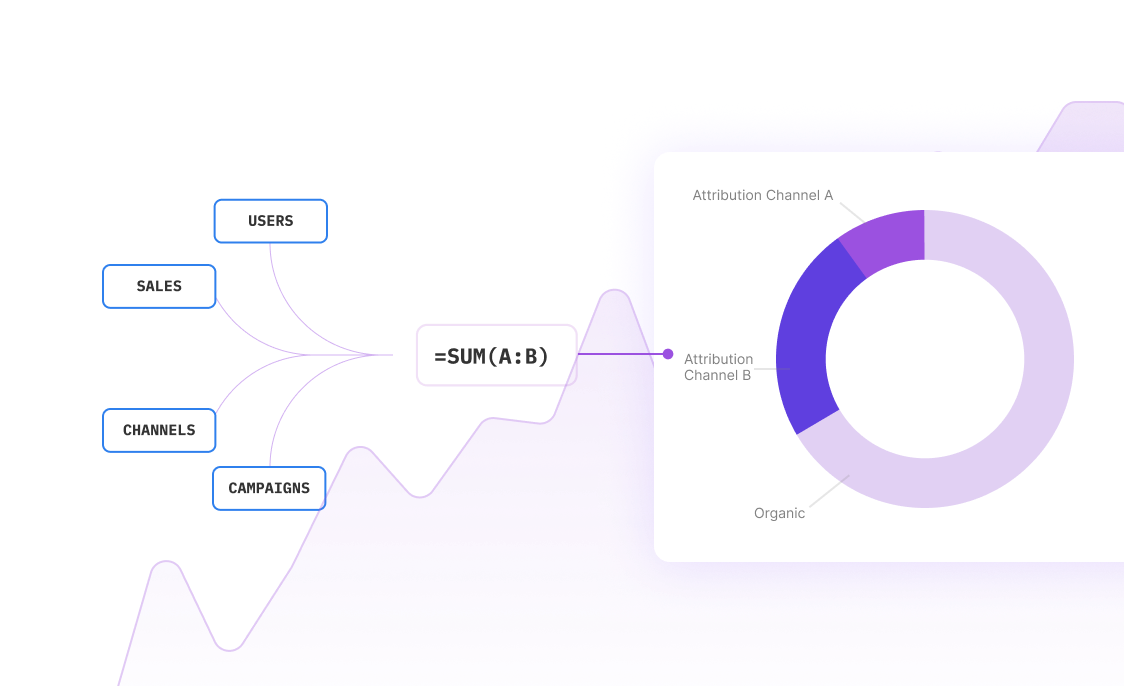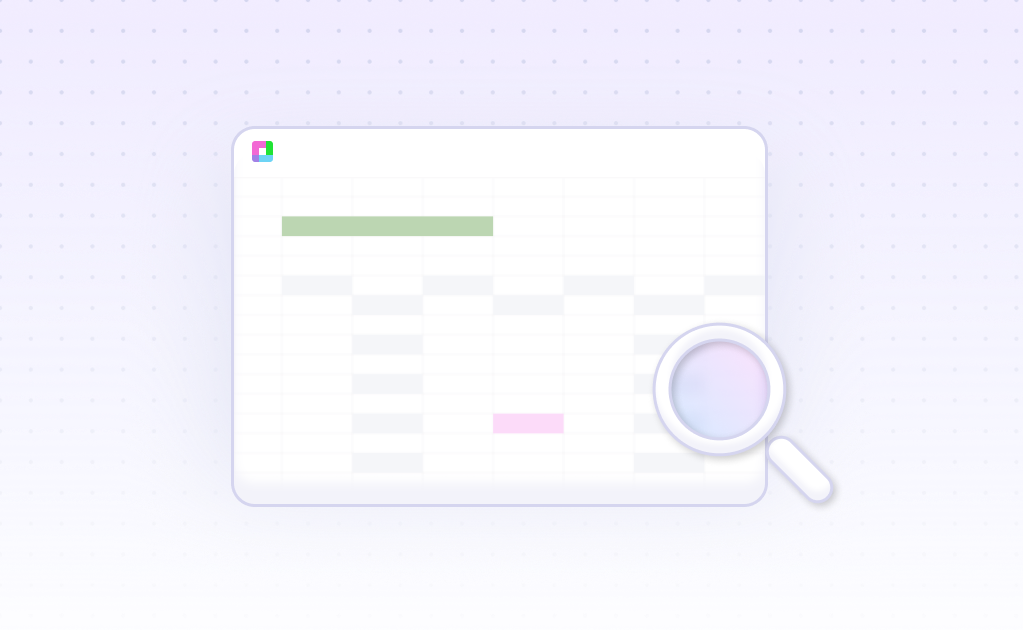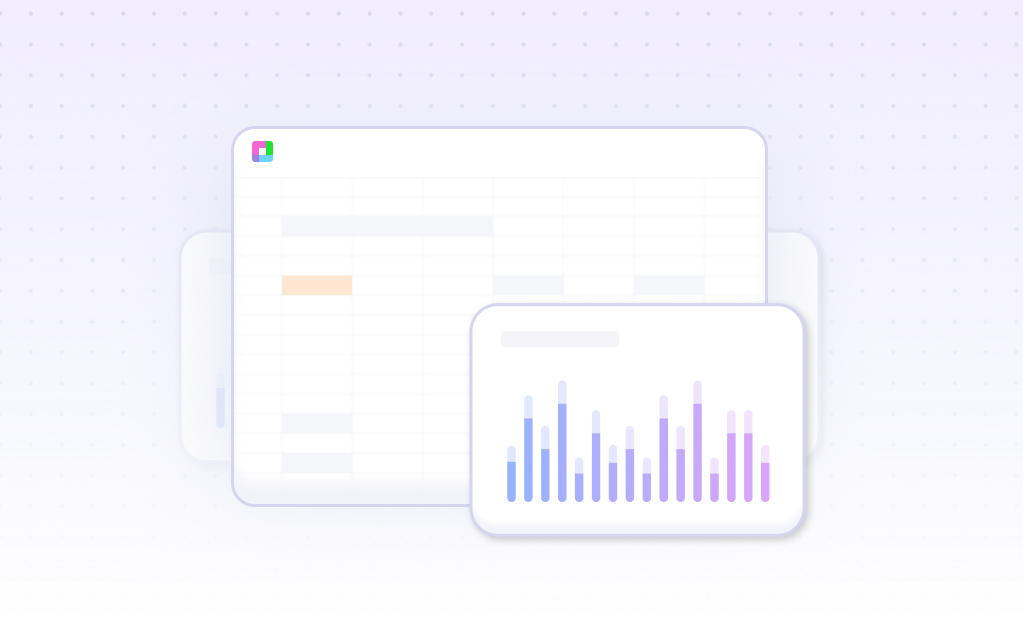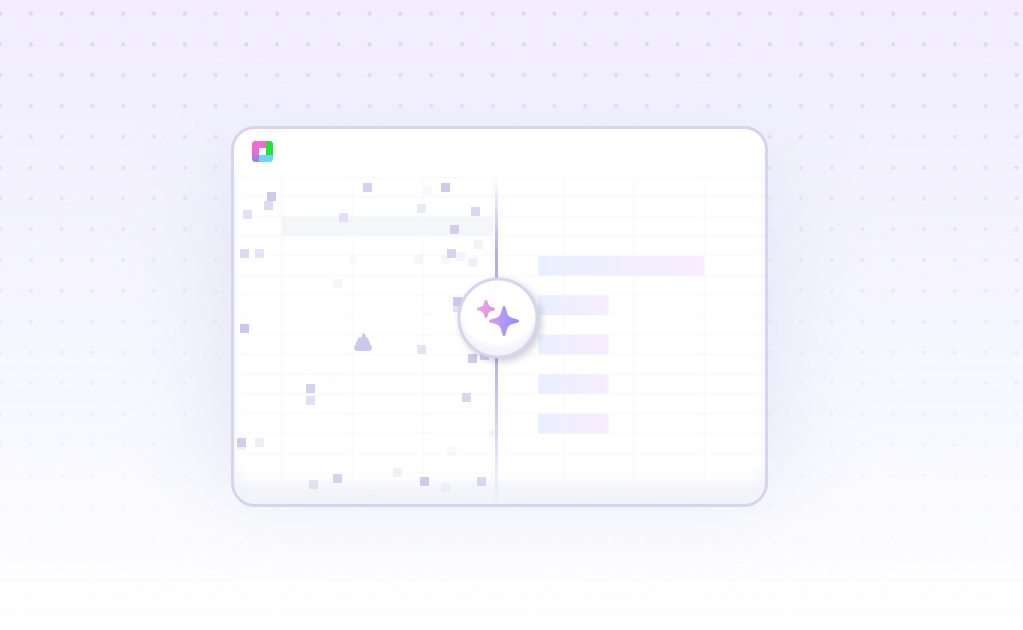
Introduction
Financial credit analysis helps assess a company's financial health and creditworthiness through spreadsheet-based ratio calculations and performance comparisons. Traditional Excel templates enable analysts to spread financial statements, calculate key ratios automatically, and benchmark against industry standards. These templates offer customization options for analyzing different company types and developing performance improvement strategies.
Modern AI spreadsheet solutions like Sourcetable are revolutionizing financial analysis by combining automation with intelligence. Unlike manual Excel processes, Sourcetable automatically cleans data, generates formulas, and creates charts while delivering real-time insights. This AI-enhanced approach makes financial analysis faster, smarter, and more accurate.
In this guide, we'll explore how Sourcetable streamlines the credit analysis process through automated data handling and intelligent spreadsheet capabilities.
Why Sourcetable Is Superior for Financial Credit Analysis
Sourcetable combines advanced data integration with AI-powered automation to transform financial credit analysis. Unlike Excel, which excels only with small to medium datasets, Sourcetable seamlessly connects to over 100 data sources, enabling comprehensive credit assessment in one platform.
Advanced Data Management
While Excel limits users to basic spreadsheet functionality, Sourcetable's AI capabilities automate data entry, validate information against external sources, and minimize errors. This ensures reliable financial analysis and confident credit decisions.
Visualization and Reporting
Sourcetable surpasses Excel's basic visualization tools by offering advanced, interactive dashboards. Teams can build custom reports that update automatically, streamlining the credit analysis workflow and improving collaboration.
AI-Powered Insights
Unlike Excel's manual analysis requirements, Sourcetable's AI analyzes large datasets instantly, uncovering critical insights that inform credit decisions. The platform's error-checking capabilities ensure data accuracy, reducing risk in credit assessment.
Benefits of Financial Credit Analysis
Credit analysis provides valuable insights into company performance and investment potential. By examining credit ratings alongside fundamental and environmental factors like regulatory climate, competition, taxation, and globalization, investors can better assess equity performance. Research indicates that strong credit ratings often correlate with higher equity returns.
Why Credit Analysis Matters
Credit analysis and equity analysis evaluate identical fundamental and environmental factors, making credit analysis an essential tool for comprehensive investment research. Understanding a company's credit position helps predict its stock performance potential.
Enhancing Credit Analysis with AI Tools
AI-powered tools like Numerous.ai streamline credit analysis by efficiently processing large datasets. These tools can cleanse financial data, summarize complex reports, and categorize information automatically. Numerous.ai integrates with Excel and Google Sheets, using ChatGPT technology to analyze and transform financial data into actionable insights.
Financial Credit Analysis with Sourcetable AI Spreadsheets
Sourcetable provides advanced credit analysis capabilities through AI-powered spreadsheets, offering an efficient alternative to traditional Excel workflows. The platform enables both retail credit scoring and wholesale bond market analysis through natural language processing.
Credit Risk Assessment Features
Through automated data processing, Sourcetable performs structural and reduced-form credit analysis models. The AI system categorizes expenses, analyzes spending patterns, and generates predictive insights for future credit behavior.
Automated Analysis and Reporting
Sourcetable's AI chatbot transforms complex credit data into actionable reports without manual spreadsheet manipulation. The system efficiently processes large datasets and connects directly to financial databases for real-time analysis.
Investment Analysis Tools
For fixed-income modeling, Sourcetable calculates net benefits and performs cost-benefit analysis through simple natural language queries. The platform automatically generates visualizations and comprehensive credit reports, streamlining the investment decision process.
Financial Credit Analysis Use Cases with Sourcetable
Automated Credit Risk Assessment |
Process large datasets of borrower financial information to build comprehensive risk profiles. Analyze financial ratios including |
Cash Flow Analysis and Forecasting |
Generate instant cash flow analysis through natural language queries. Assess borrowers' ability to service debt obligations by analyzing historical cash flow patterns and creating automated forecasts. |
Document Verification and Fraud Detection |
Verify financial statement authenticity and detect potential document manipulation through automated analysis. Connect directly to databases to cross-reference and validate borrower-submitted information. |
Investment Project Evaluation |
Calculate net benefits of potential investments through AI-guided cost-benefit analysis. Generate visualizations and comprehensive reports to support investment decisions without complex spreadsheet manipulation. |
Portfolio Risk Management |
Monitor entire lending portfolios through automated data analysis and reporting. Generate early warning signals for potential defaults by analyzing behavioral patterns and industry trends. |
Frequently Asked Questions
What is financial credit analysis and why is it important?
Credit analysis is the process of evaluating a borrower's creditworthiness using financial ratios and fundamental diligence. It helps assess default risk - the risk that a borrower won't meet financial obligations on time. This analysis is particularly crucial for borrowers with greater downside risk, as lenders use it to set pricing and debt terms based on the borrower's risk level.
What key metrics and factors are evaluated in credit analysis?
Credit analysis examines leverage ratios and coverage ratios as key credit metrics. Important considerations include debt covenants and collateral. Lenders use a standardized approach to assess credit risk through these metrics.
How can Sourcetable be used for credit analysis and what are its AI-powered benefits?
Sourcetable offers New Rating Analysis and Simulation Analysis tools for credit analysis. Its AI capabilities improve the speed and accuracy of credit risk assessments, enhance fraud detection, and enable personalized credit offers. The AI-powered platform increases productivity, work quality, and volume while reducing financial services costs.
Conclusion
Financial credit analysis in Excel offers powerful capabilities through templates that calculate ratios, compare performance metrics, and analyze multiple years of financial statements. While Excel remains an industry standard, AI-powered alternatives now streamline this process.
Sourcetable emerges as a comprehensive solution by integrating with 100+ data sources, automating reporting, and enabling dashboard creation - all in one platform. For efficient financial credit analysis without Excel expertise, try Sourcetable at sourcetable.com/signup.
Frequently Asked Questions
If you question is not covered here, you can contact our team.
Contact Us
